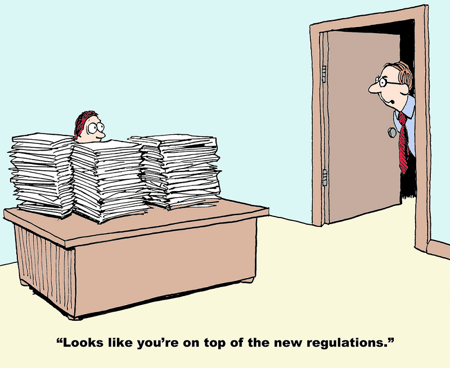- Solutions
- SAP Business Suite
- SAP S/4HANA Cloud Public Edition
- SAP Business ByDesign
- SAP Business One
- ERP Integrations & Extensions
- ByDesign vs. Business One
- Industries
- Services
- Resources
- Company
- WATCH DEMO
Search
- Solutions
+
- SAP Business Suite
- SAP S/4HANA Cloud Public Edition +
- SAP Business ByDesign +
- SAP Business One +
- ERP Integrations & Extensions
- ByDesign vs. Business One
- Industries +
- Services +
- Resources +
- Company +
- WATCH DEMO




